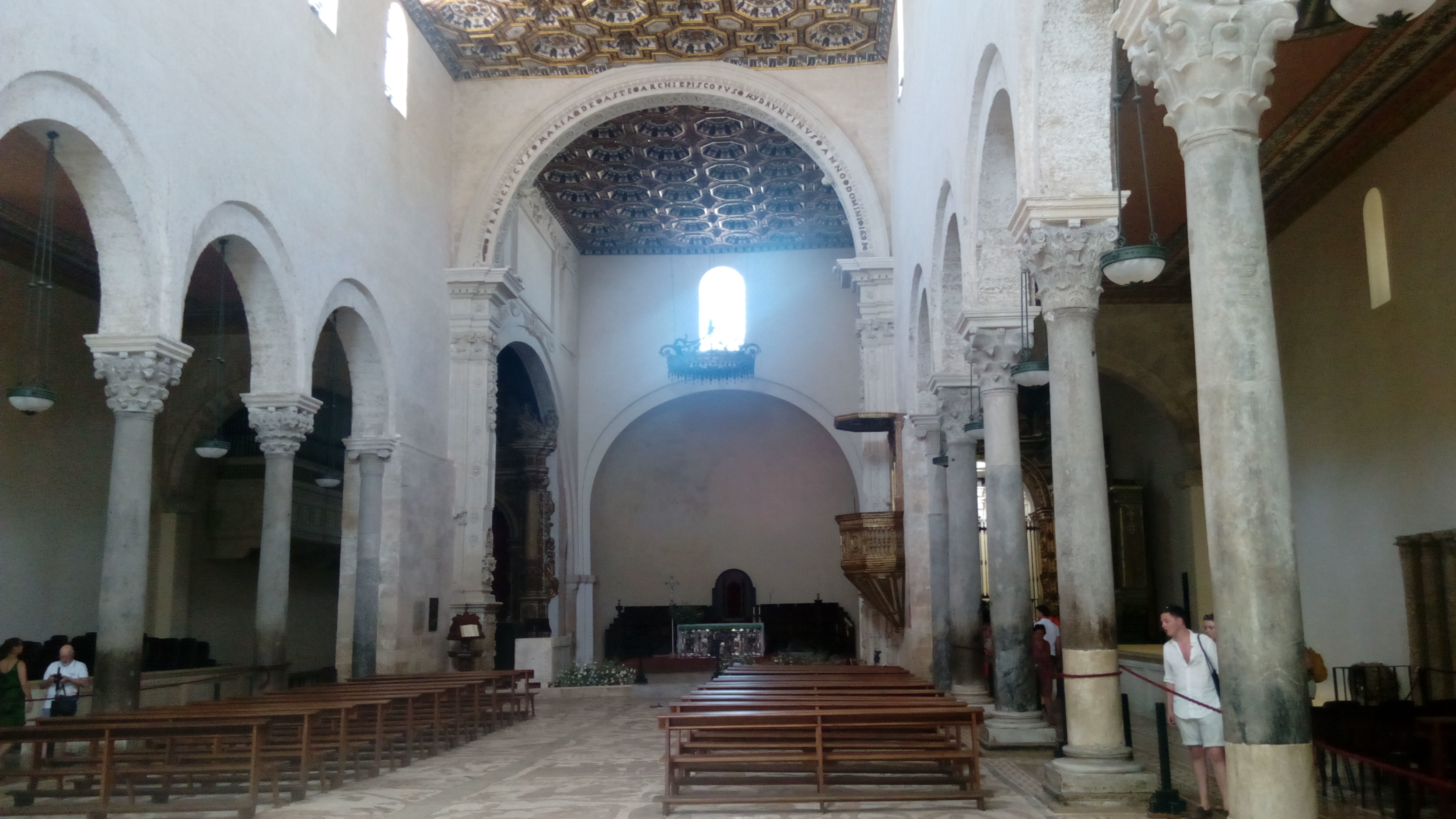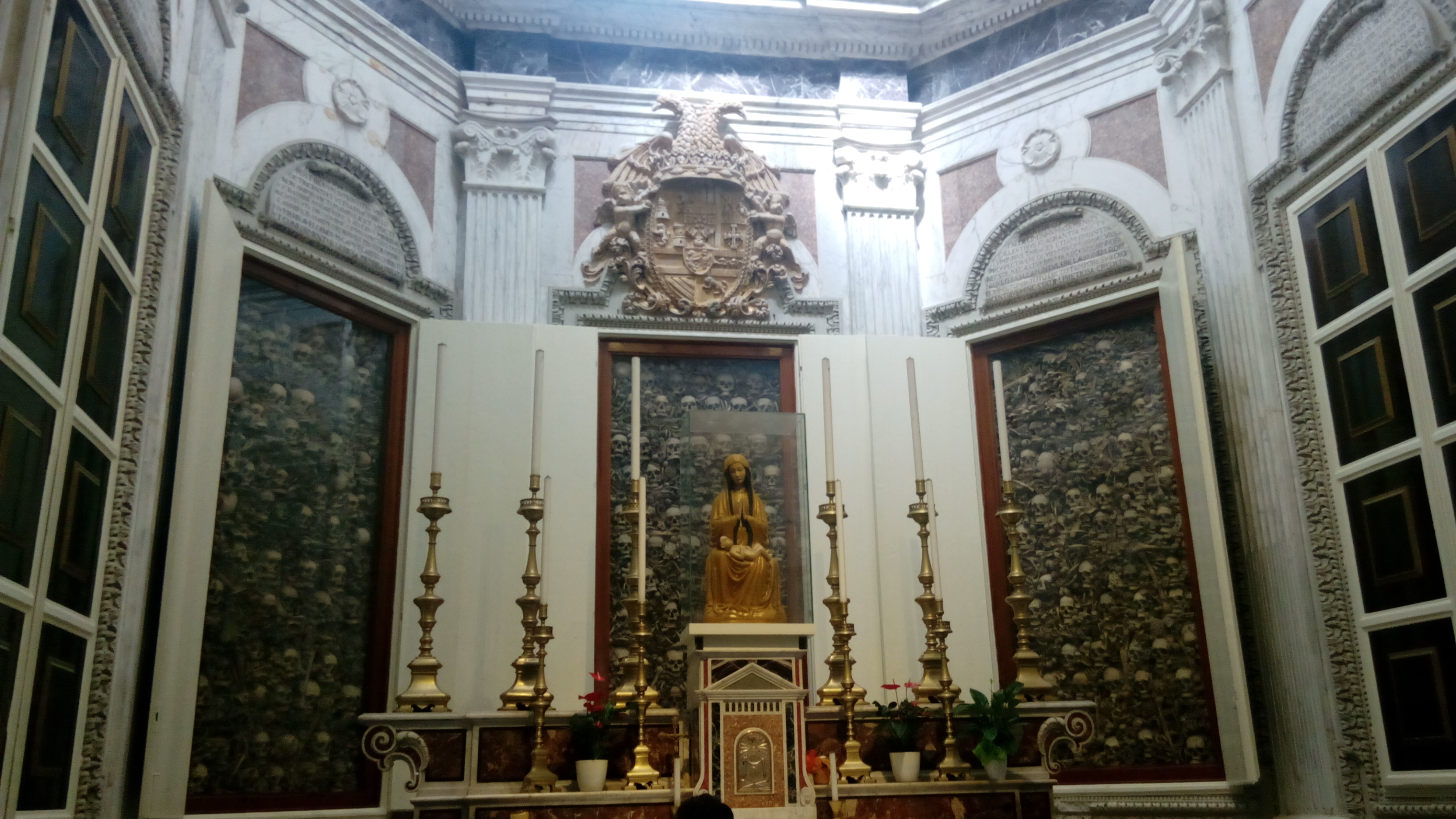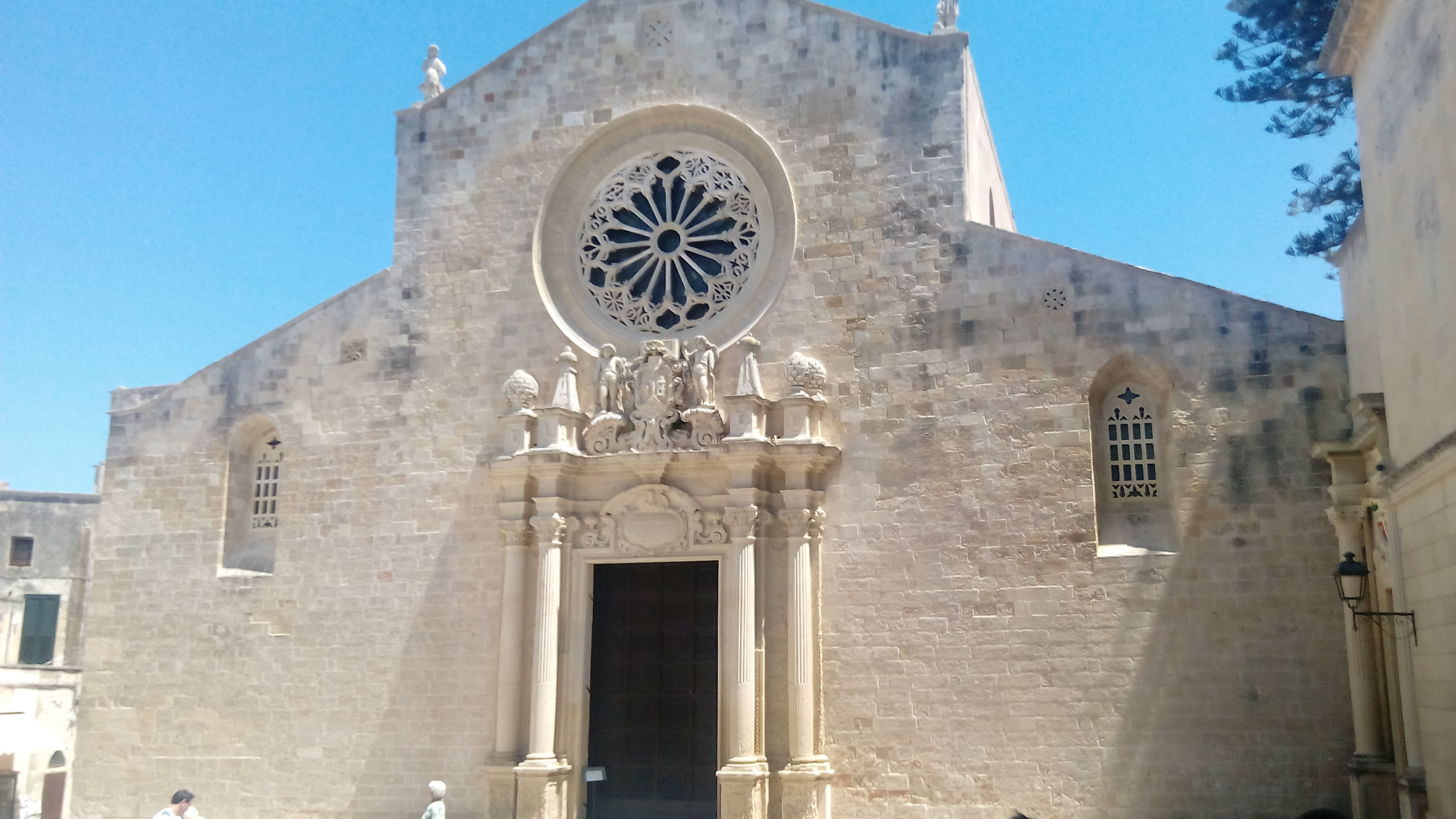If the whole of Italy has a lot to say, the first of all the regions to speak is certainly there Puglia. It is rich in monuments and places of interest, and not only preserves a splendid coastline, or an enviable food and wine panorama, but also centuries and centuries of history. Above all the history made by the martyrs, courageous men and women who opposed the violent rise of the Ottoman Turks. The symbol of this hard but valiant fight is the Cathedral of Otranto, an example of architectural majesty and courage of the past!
The Cathedral of Otranto, a bulwark of hope
The Cathedral of Otranto, called Cathedral of Santa Maria Annunziata, is located in the heart of the city. As soon as you turn the corner, the sober but elegant spectacle of the Romanesque style invests you with its enchanting grace. You can hardly help but observe it, and its confident and essential features accompany the visitor in a truly suggestive visual waltz. The cathedral has undergone numerous alterations, mainly due to the Turkish invasion, which struck the town in 1480. The large rose window with 16 rays was built with fine circular Gothic tracery converging in the center, according to the canons of Gothic-Arab art. The Baroque portal was added in 1674, and consists of two fluted half columns on each side that support the architrave. On it there is the archbishop's coat of arms Gabriel Adarzo of Santander, supported by two angels. On the sides of the façade there are two single lancet windows.

We then find another minor portal, which was set up on the left side of the basilica. It was built between the end of the 1693th and the beginning of the XNUMXth century by Nicolò Fernando, commissioned by Archbishop Serafino da Squillace, who wanted to see his own figure embellish the building. Inside there is a remarkable sight. The structure consists of a plan with three aisles with apses, marked by twelve arches supported by fourteen granite columns with different capitals. In XNUMX the archbishop Francesco Maria De Aste he had the triumphal arch built and, a few years later, sculpted the central nave and the presbytery, consisting of a wooden lacunar ceiling with gilding on a black and white background. The high altar was then placed in the presbytery of the cathedral, which bears the representation of theAnnunciation, from which the church takes its name. However, attention inevitably falls on the right aisle, where you notice something very similar to an ossuary ...
The courage of the cathedral martyrs: honor to the city of Otranto
What looks like an ossuary is there chapel of the Martyrs, built by order of Ferdinand I of Naples. In this particular place the remains of the holy martyrs of Otranto have been preserved. In fact, history teaches us, eight hundred inhabitants of Otranto came slaughtered mercilessly by the Turks on the Colle della Minerva on 14 August 1480, for not wanting to renounce the Christian faith. These men and women were horribly beheaded, and behind the marble altar stands the stone of martyrdom on which, according to tradition, the beheading took place. According to the Christian story, the inhabitants and the clergy took refuge in the cathedral to pray with Archbishop Stefano Pendinelli. Gedik Ahmet, the then Turkish pasha, ordered these people to renounce their faith, but received a categorical No.. The fury of the Ottoman gendarme became blind, so much so that the Turks entered the cathedral by force, and captured them.

They were all killed, while the church, as a sign of contempt, was downgraded to a stable for horses. The most brutal assassination was that of Archbishop Stefano Pendinelli, who urged his faithful to pray to God at the point of death. Perhaps the most impressive story was that of the death of Antonio Primaldo. Tradition has it that the body, even once beheaded, stood straight and proud on his feet, to the detriment of the violence that had been inflicted on him. But the Christian faith performed its miracle: a Turk who was there, Tal Berlabei, in witnessing that massacre, converted to Christianity, however suffering the same unfortunate fate as his Otranto companions. Beyond religion, these men and women have shown themselves to be brave to their last breath, in defense of their identity!





